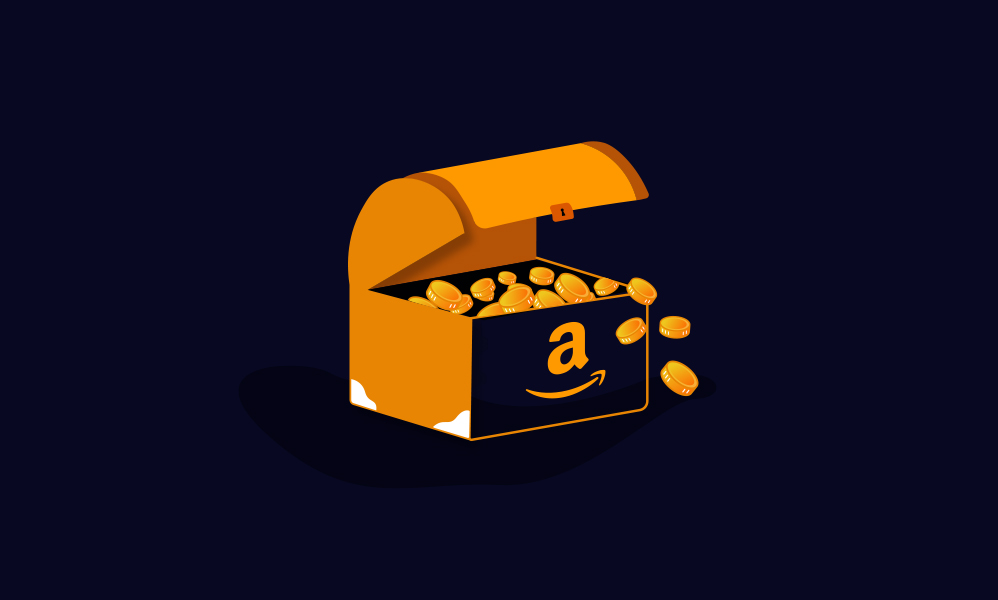How Amazon’s expanding Prime program could impact brands and sellers

Amazon is trying to make Prime even more convenient, and sellers and brands may end up being the ones footing the bill.
Earlier this week, Vox reported that the e-commerce giant has been lowering the price thresholds for Prime customers to receive free one-day shipping. Before, customers had to bundle items in order to receive the perk. Now, so items less than even $5 are eligible to be delivered for free on their own.
This move is clearly a way for Amazon to further compete with brick and mortar retail. Now, stores like CVS — which people turn to for quick purchases of usually cheaper consumer packaged goods — are in Amazon’s crosshairs. But for smaller brands and sellers on the platform, it means even more changes are in store.
This latest development is part of a recent shift toward top-line growth rather than profitability. For now, Amazon seems to be taking a hit on the cost of shipping cheap — likely unprofitable — items individually, rather than having them being bundled with other products to make for better margins.
Reached for comment, an Amazon spokesperson provided the following statement: “We know customers love our vast selection, low prices, and free one-day delivery with Prime – and we are always innovating to improve their experience. Our customer experience improvements go hand-in-hand with supporting our sellers, who provide more than half the items sold in our store, and creating more opportunities for them to grow their business.”
This, said Ryan Flannagan, founder and CEO of e-commerce marketing agency Nuanced Media, is all part of Amazon’s usual playbook. By eliminating the friction of paying for shipping costs, “Amazon knew the conversion rate would go up,” he said. This latest move is just a natural extension of the overall Prime program, but making for even more eligible items.
Mark Power, founder and CEO of the Amazon marketing consultancy Podean, saw a potential impact on certain commodified brands. “I think that consumer packaged goods is the category that is most likely to be impacted by these changes,” he said. For bigger brands, it gives them the opportunity to more easily test out online sales rather than rely on brick and mortar retail. But, it comes with the potential threat that Amazon could change the agreement at any moment.
“It’s a highly strategic move,” said Jim Morgan, head of e-commerce at Vita Coco, one of the top coconut water brands selling on the platform. For years, Amazon had been focused on the price bucket of around $15-$25, now it’s lowering that threshold to bring in even more people. “Once you’re in the Prime ecosphere,” said Morgan. “You’re in it forever.”
But, Morgan pointed out that brands shouldn’t be putting items that aren’t profitable already onto Amazon. “This in no way convinces us to add an item that has low profitability for Amazon,” he said.
Still, the move is seen as a harbinger of things to come for some sellers. One top Amazon seller, who wished to remain anonymous, saw this only hurting margins down the line. “Amazon has slowly and steadily made it more expensive to sell on their platform.” While Amazon says it’s eating the cost of this low-price item delivery, it could end up being paid by sellers in other ways. “FBA fees go up every year, almost like clockwork,” the seller said. They added that hiking up the commission is another way the e-commerce giant could make back its shipping losses.
“We know that Amazon can float a new project like this for a long time — sometimes even for years,” they said. “Eventually something will give and that cost will show up.
According to Power, developments like this forces brands to consider a new calculus when putting items on Amazon. It may be smart to glom on to a new program to gin up sales and increase visibility. But, things could change and margins could slip.
“Ultimately, someone is going to pay for the shipping,” he said. “That’s the big question on sellers’ and brands’ minds right now: If I embrace this, at what cost is it going to come?”

